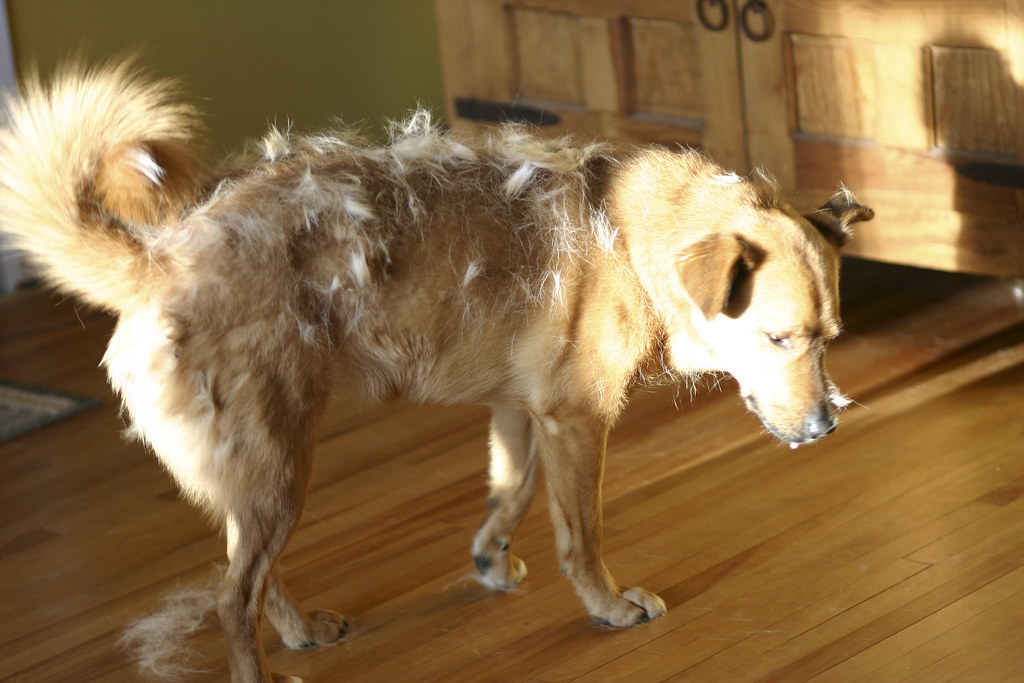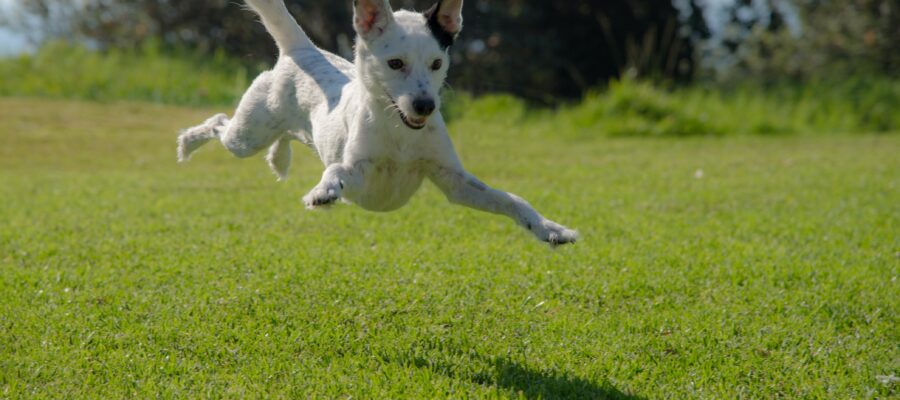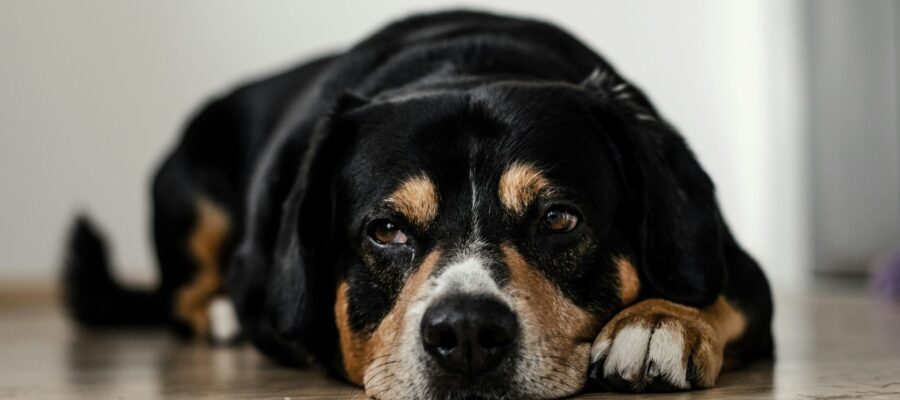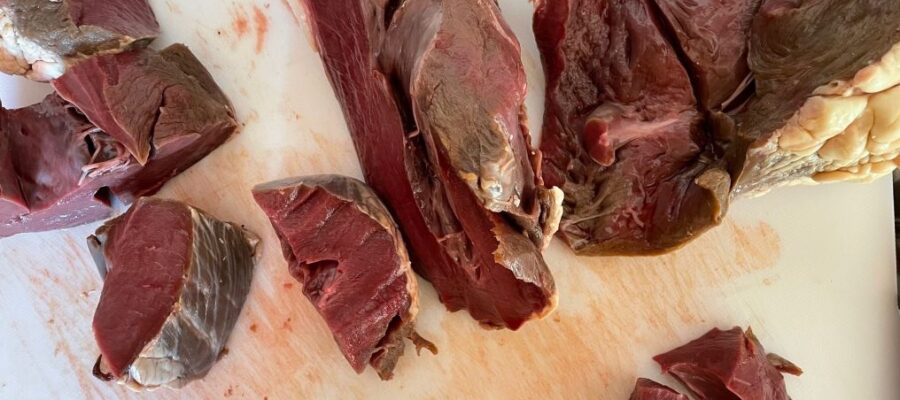
Dog Shedding 101: Why It Happens and How to Manage It
If you share your life with a dog, you’re likely familiar with the furry tumbleweeds that seem to appear out of nowhere. Shedding is a natural process for dogs, but it can also be a source of frustration for their human companions. Understanding why dogs shed and how to manage it can help you keep your home (and your clothes) a little less furry.
Why Dogs Shed Their Fur: The Science Behind the Fuzz
Shedding is a natural process for dogs, just like it is for many other mammals. Here’s what happens:
- Growth Cycle: Dog hair grows in cycles. Each hair follicle goes through a growing phase, a resting phase, and a shedding phase. As old hairs reach the end of their cycle, they fall out to make way for new growth.
- Seasonal Changes: Dogs shed more heavily in the spring and fall as they adjust their coat for changing temperatures. For tips on dealing with seasonal shedding, check out our guide to “Seasonal Shedding: How to Help Your Dog Transition Smoothly.“
- Breed and Coat Type: Double-coated breeds, like Huskies and Golden Retrievers, shed more than single-coated breeds due to their thick undercoat. Check out our breed-specific guides to learn more about your dog’s coat type and shedding tendencies.
- Health and Diet: A healthy diet rich in omega-3 fatty acids and essential nutrients can help minimize excessive shedding.
- Hormonal Changes: Hormonal fluctuations, such as those related to pregnancy or spaying/neutering, can influence shedding patterns.
- Stress: High stress levels can trigger increased shedding, so creating a calm environment for your dog is essential.
The Shedding Spectrum: From Heavy to Light Shedders
Not all dogs shed equally. Some breeds are notorious for their heavy shedding, while others are considered low-shedding or even hypoallergenic.
Heavy Shedders:
- Siberian Husky
- German Shepherd
- Golden Retriever
- Labrador Retriever
- Akita
Low/Minimal Shedders:
- Poodle
- Bichon Frise
- Maltese
- Yorkshire Terrier
- Schnauzer
Tips for Managing Shedding: Keep the Fur Under Control
While you can’t stop your dog from shedding completely, you can definitely manage it:
- Regular Brushing: The most effective tool against shedding is regular brushing. Invest in a brush suited for your dog’s coat type and brush them daily or several times a week. This removes loose fur before it ends up on your furniture.
- Bathing: Bathing can help loosen and remove dead fur. Use a dog-specific shampoo and conditioner for best results. Be sure not to over-bathe, as it can dry out your dog’s skin.
- Healthy Diet: Feed your dog a high-quality diet with plenty of omega-3 fatty acids and other nutrients to support healthy skin and coat. Consider adding a nutritious food topper like ChowPow to boost your dog’s meals with essential vitamins and minerals.
- Vacuum Regularly: Invest in a good vacuum cleaner specifically designed for pet hair. Vacuuming regularly will help keep fur from accumulating on floors and furniture.
So…Embrace the Fur (and Manage It!)
Shedding is a natural part of dog ownership. By understanding why dogs shed and using these tips, you can manage it effectively and maintain a clean, fur-free(ish) home. Remember, a little extra effort on your part can go a long way in keeping both you and your furry friend happy.






